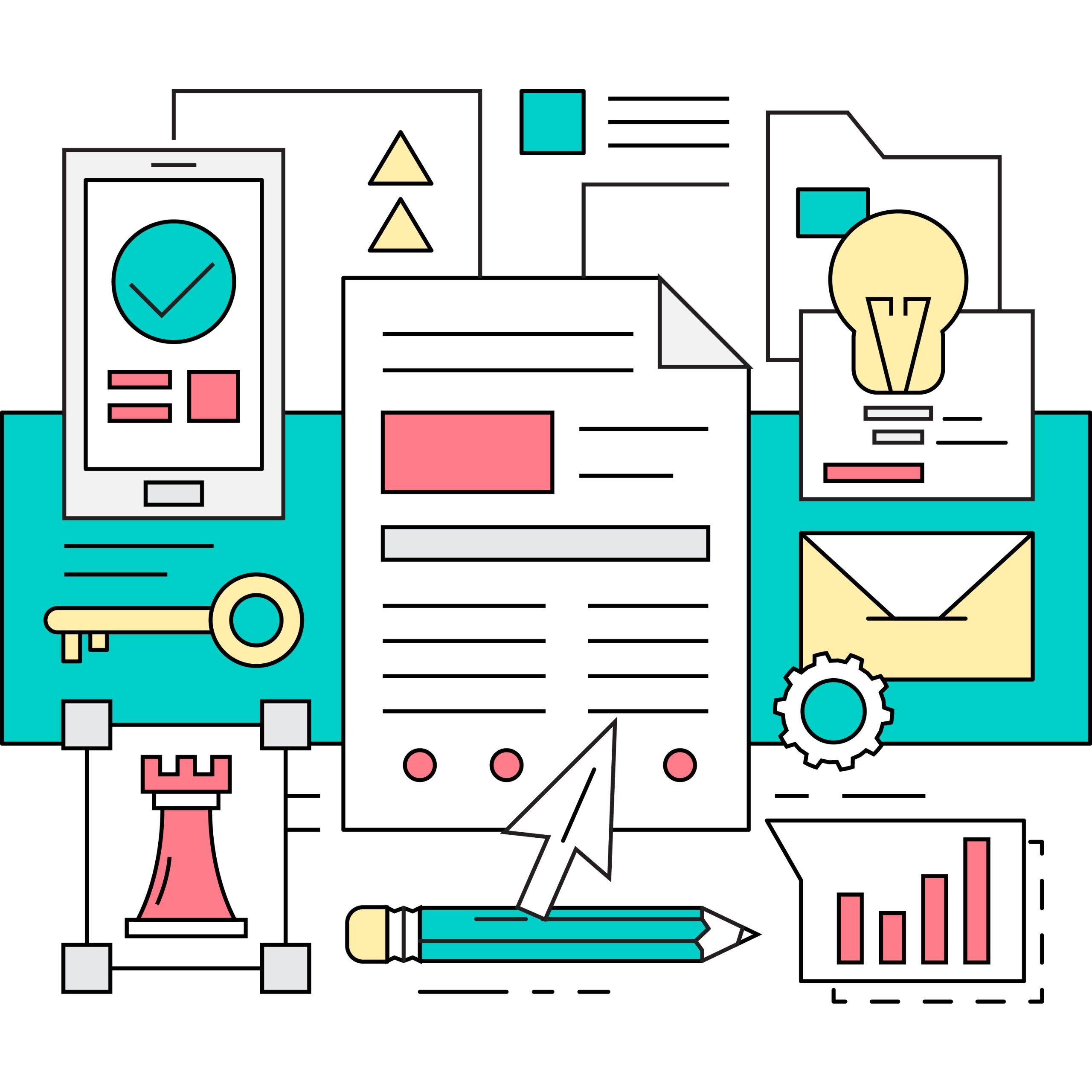Some business processes look simple—until you try to document them.
Then you realise no one does it the same way, the steps are hidden, and the handoffs are undocumented.
I hit this exact wall working on a digital transformation project for a national services provider.
They were replacing three legacy systems with a unified platform.
But the existing process maps were either outdated, inconsistent, or didn’t exist at all.
The team was overwhelmed and stakeholders couldn’t agree on the “real” process.
So I brought in AI—not to replace my work, but to support it.
Here’s how I used it to move faster and get clarity where there was none.
🛠️ Step 1 – Turn Messy Notes into Clear Process Drafts
After a few SME workshops, I had multiple pages of conflicting notes.
Instead of trying to stitch it together manually, I used an AI summarisation tool to pull out patterns:
- Frequent steps repeated by different users
- Common terms that hinted at informal workflows
- Inconsistencies in who was doing what
This gave me a starting point.
It was still rough. But now I had a structure I could test with the team.
🔍 Step 2 – Use AI to Spot Gaps in Process Logic
Once I built the first version of the process map, I ran each step through a prompt in ChatGPT:
“Given this process, what could go wrong at this step?”
It flagged:
- Missing approvals
- No backup for key roles
- Lack of input validation
I took those ideas into the next workshop.
SMEs confirmed many of them—and added even more edge cases.
That became part of my future-state process and risk register.
📝 Step 3 – Draft Requirements from Process Steps
Instead of writing requirements from scratch, I used my process map to feed AI with prompts like:
“Generate a functional requirement for a self-service appointment booking step where the user selects a date and confirms via email.”
It gave me clean, structured outputs.
Of course, I edited them.
But it cut my writing time in half and helped me maintain consistency.
🧩 Where AI Helped the Most
- Speeding up early analysis when I had too much info
- Generating ideas for what could go wrong
- Structuring initial drafts of business rules and functional requirements
- Preparing workshop questions based on weak areas in the process
AI didn’t replace my job.
It helped me think faster.
⚙️ Tools I Used in the Field
- ChatGPT for summarising notes and generating prompts
- Word Online with Copilot for formatting drafts
- Miro for mapping and testing flows
- Excel to build process comparison tables
📈 The Result
The digital transformation project stayed on track.
We built a solid to-be process with stakeholder buy-in.
The requirements document was delivered ahead of schedule.
And most importantly—
The team felt confident in what was being built.
🧠 What I Learned
AI is a powerful tool for business analysts, not a threat to us.
It won’t replace the hard parts of the job:
- Talking to people
- Spotting political blockers
- Getting real-world clarity
But it will help you move through the fog faster.
In complex transformations, that edge matters.
✅ Final Thoughts
I still do the hard thinking.
I still own the outcomes.
But now I have a digital assistant who helps me connect the dots faster.
If you’re a business analyst or process analyst working in digital transformation, start experimenting.
The results might surprise you.






